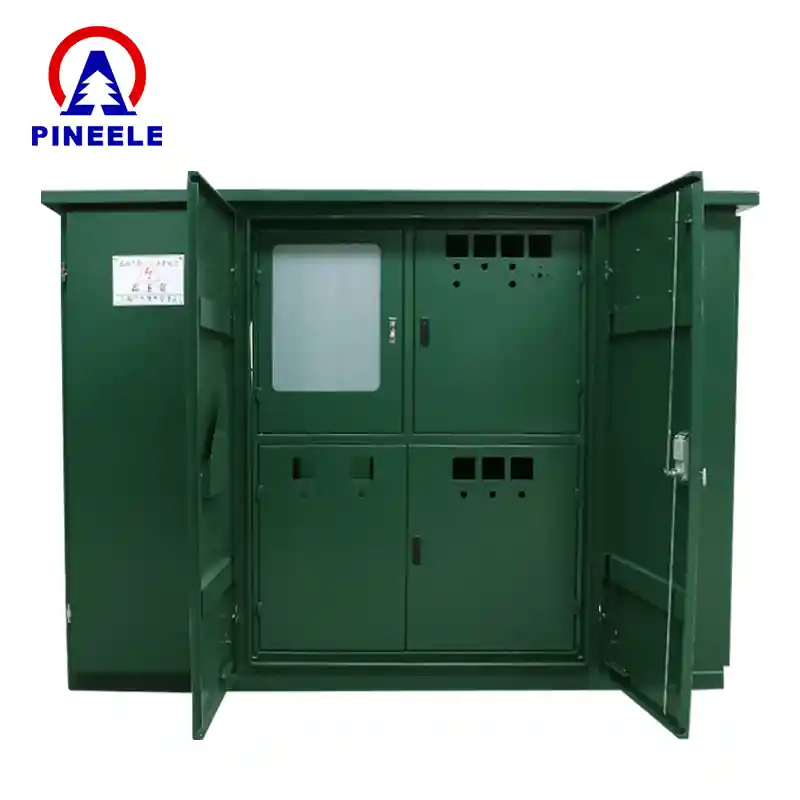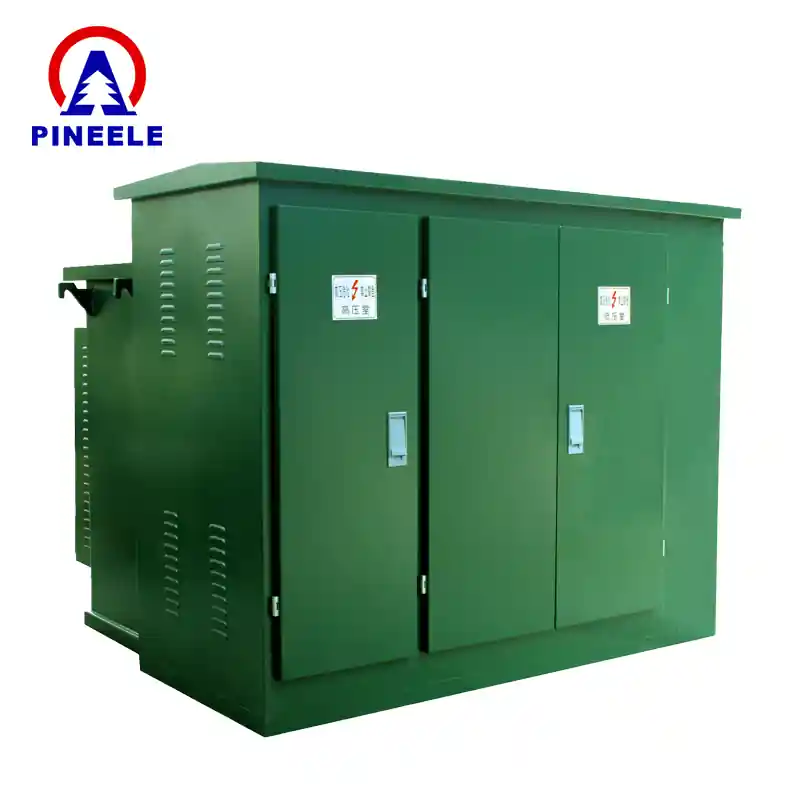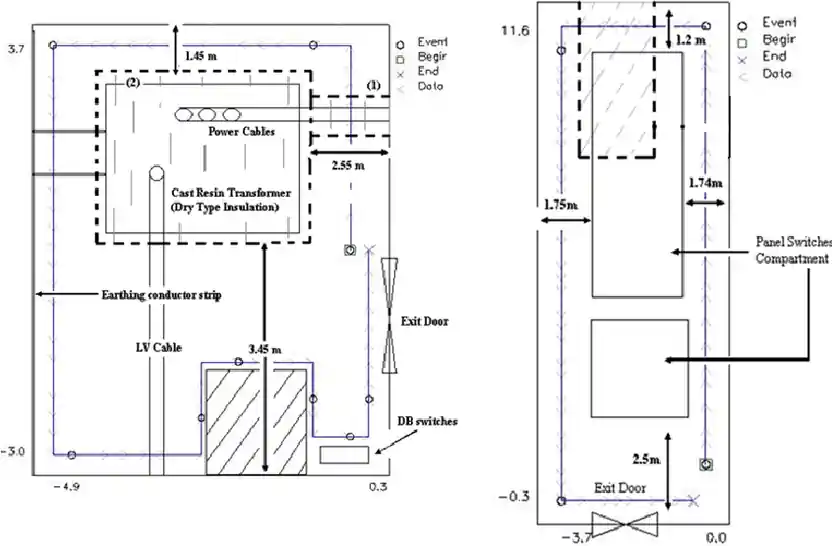- Introducción a la subestación de 220 kV
- Aplicaciones e importancia
- Tendencias del mercado y contexto industrial
- Especificaciones técnicas
- AIS frente a GIS en subestaciones de 220 kV
- Diferencias con las subestaciones de baja tensión
- Guía de selección y consejos de compra
- Citar fuentes autorizadas
- Sección FAQ
- Conclusión

Introducción a la subestación de 220 kV
A 220 kV subestación es una instalación eléctrica de alta tensión utilizada para la transmisión y distribución de energía eléctrica a un nivel de tensión de 220 kilovoltios. Desempeña un papel fundamental en la red al reducir la tensión de los niveles de transmisión (a menudo 400 kV o más) a tensiones más bajas (como 132 kV, 66 kV o 33 kV) para su posterior distribución. Esta infraestructura garantiza suministro de electricidad eficiente, fiable y seguro en amplias zonas geográficas.
Aplicaciones e importancia
Las subestaciones de 220 kV son esenciales en:
- Redes eléctricas nacionalesespecialmente en países con grandes infraestructuras.
- Zonas industriales que requieren grandes cargas energéticas.
- Centros urbanos donde la demanda de electricidad es constantemente alta.
- Plantas de energía renovableespecialmente los parques solares y eólicos conectados a la red de alta tensión.

Estas subestaciones garantizan regulación de tensión, aislamiento de fallosy el suministro seguro de energía, apoyando la continuidad operativa de industrias y servicios públicos.
Tendencias del mercado y contexto industrial
Según la Agencia Internacional de la Energía (AIE) y los datos de IEEMA (Asociación de Fabricantes de Material Eléctrico y Electrónico de la India)la demanda de subestaciones de alta tensión, como las de 220 kV, está creciendo debido a:
- Aumentar la integración de las energías renovables.
- Expansión de las redes inteligentes.
- Urbanización y crecimiento industrial en las regiones en desarrollo.
En 2024, las inversiones mundiales en infraestructuras de transmisión superaron los $300.000 millones, y las subestaciones de 220 kV contribuyeron significativamente a la estabilidad regional y al equilibrio de la carga.
Especificaciones técnicas
| Parámetro | Valor típico |
|---|---|
| Tensión nominal | 220 kV |
| Frecuencia nominal | 50/60 Hz |
| Capacidad del transformador | 100 MVA - 500 MVA |
| Configuración del sistema | Doble barra / Interruptor y medio |
| Tipo de aislamiento | AIS (con aislamiento de aire) / GIS (con aislamiento de gas) |
| Interruptores automáticos | SF6, vacío o aceite |
| Sistema de protección | Automatización basada en relés y SCADA |
| Capacidad de resistencia a fallos | Hasta 40 kA durante 3 segundos |

AIS frente a GIS en subestaciones de 220 kV
Existen dos tipos comunes de subestaciones de 220 kV:
- AIS (subestación aislada en aire):
Utiliza aire como medio aislante. Económico, fácil de mantener, pero necesita más espacio. - GIS (subestación con aislamiento de gas):
Utiliza Gas SF6 para el aislamiento. Compacto, resistente a la intemperie, ideal para zonas urbanas con limitaciones de espacio. Mayor coste inicial pero menor mantenimiento.
Diferencias con las subestaciones de baja tensión
| Característica | Subestación de 220 kV | Subestación de 132 kV / 66 kV |
|---|---|---|
| Nivel de tensión | Extra Alta Tensión | Alta tensión |
| Capacidad del transformador | Más alto | Medio |
| Posición de la rejilla | Nivel de transmisión | Nivel de distribución |
| Coste | Alta | Medio |
| Huella | Más grande / Compacto (GIS) | Más pequeño |
Guía de selección y consejos de compra
Al seleccionar una subestación de 220 kV o sus componentes, tenga en cuenta:
- Demanda de carga: Elegir la capacidad en función de las previsiones de carga máxima y futura.
- Disponibilidad de espacio: Utilice el SIG cuando el terreno sea limitado.
- Condiciones medioambientales: El polvo, la humedad y la actividad sísmica pueden afectar al diseño.
- Automatización y control: Las subestaciones modernas deben soportar SCADA y control basado en IoT.
- Conformidad: Garantizar normas como IEC 62271, IEEE C37y se cumplan los códigos locales de servicios públicos.
Fabricantes de renombre como ABB, Siemens, Schneider Electricy PINEELE ofrecen soluciones modulares de 220 kV que cumplen las especificaciones internacionales.
Citar fuentes autorizadas
- IEEE: Sistemas de energía eléctrica
- Soluciones ABB para subestaciones de 220 kV
- Wikipedia - Subestación eléctrica
- Informes de IEEMA
Sección FAQ
Una subestación de 220 kV conecta las líneas de transmisión de alta tensión a las redes de distribución regionales, permitiendo la transformación de la tensión y la protección del sistema.
Las subestaciones GIS ahorran espacio, son más fiables en entornos difíciles y requieren menos mantenimiento que los sistemas AIS.
220 kV funciona a una soluciones de tensiónLa tensión de 132 kV, que soporta una mayor carga, suele utilizarse en la capa de transmisión de la red, mientras que la de 132 kV se emplea más en la subtransmisión o la distribución.
Conclusión
En Subestación de 220 kV es un componente esencial de la red moderna de transporte de electricidad. Garantiza que la electricidad generada en las centrales eléctricas se transmita eficazmente a través de largas distancias y luego se reduzca para uso industrial o público. Entender su diseño, aplicación y criterios de selección es esencial para ingenieros, planificadores de servicios públicos y equipos de contratación que pretenden mantener la estabilidad de la red y satisfacer la creciente demanda de energía.


